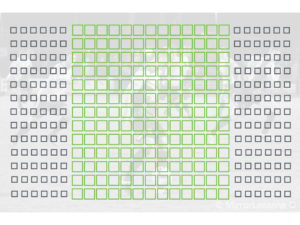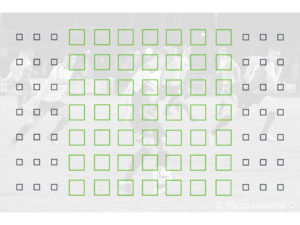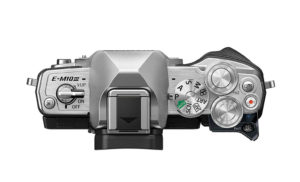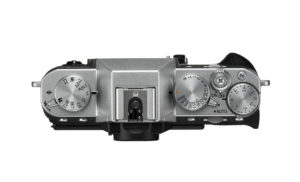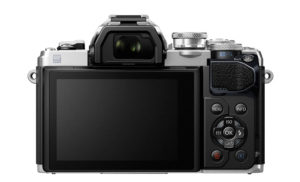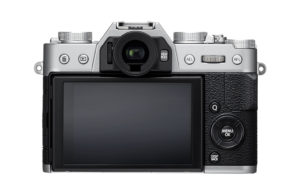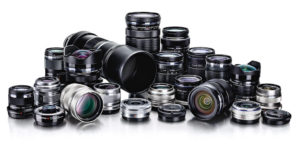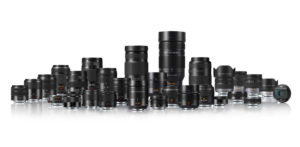The entry-level Olympus OM-D E-M10 III is the latest addition to the Micro Four Thirds segment and is the perfect synthesis of advanced features and an attractive design. Although it primarily targets beginners, the camera has enough advanced settings to satisfy more experienced enthusiast photographers as well.
The Fujifilm X-T20 features the same sensor and autofocus technology as the flagship X-T2 but is less expensive and comes in a simpler package. It can be classified as the X Series’ mid-range model but like the E-M10 III, it can easily suit different kinds of users with varying levels of experience.
The Fuji camera has become one of the best-selling mirrorless models on the market since its release while each iteration of the E-M10 series has always given users the best bang for their buck. It’s only natural to want to compare them side-by-side so here are the ten main differences between the two models!
Ethics statement: The information supplied in this article is based on official specifications and press releases as well as our personal experience with the X-T20 and OM-D cameras. If we get the chance to test the two products side-by-side, we will publish a full comparison. We were not asked to write anything about these cameras, nor were we provided with any sort of compensation. Within the article, there are affiliate links. If you decided to buy something after clicking the link, we will receive a small commission. To know more about our ethics, you can visit our full disclosure page. Thank you!
1. Sensor size and technology
Let’s start with the image quality: the E-M10 II uses a Four Thirds sensor which has a smaller surface area than the APS-C chip used for the X-T20. It’s not a huge difference but in the real world you might notice that the Fujifilm camera has slightly better dynamic range and low-light performance.
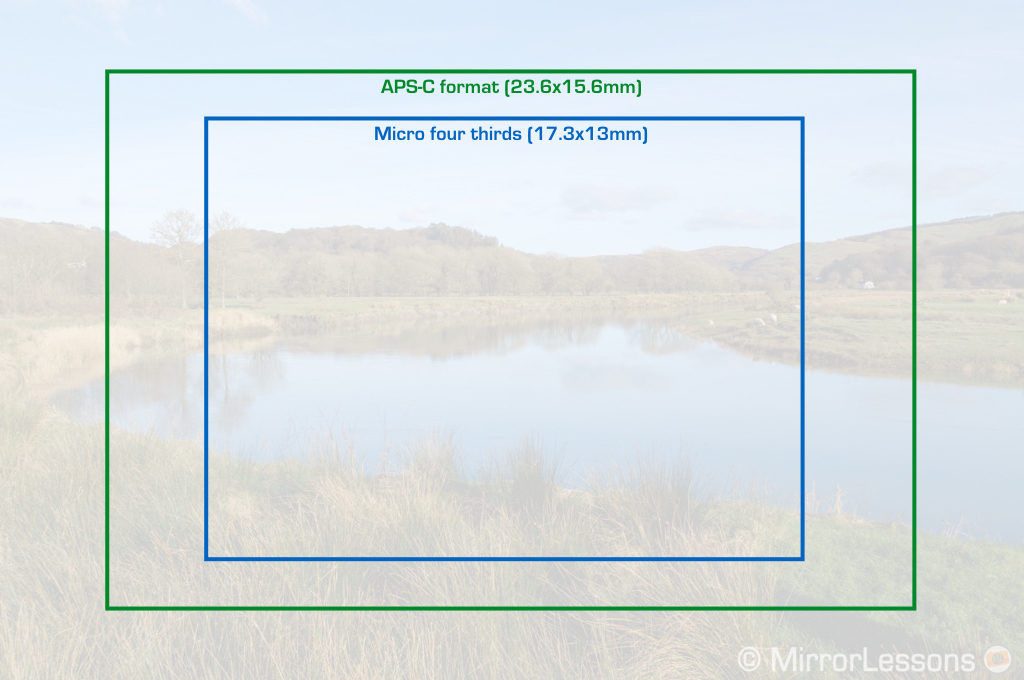
Speaking of ISO, the E-M10 III has a native range of 200 to 25600 plus one extended value (Low which corresponds to ISO 100) while the X-T20 has a 200-12800 range that can be brought down to ISO 100 or pushed up to ISO 51200.
The Olympus has 16MP of resolution while the X-T20 has 24MP. The sensor technology used is also different. While the OM-D includes a traditional bayer array, the X-T20 features an X-Trans III sensor with a different arrangement of pixels that ensures the presence of at least one red, blue and green channel on every horizontal and vertical line.

Much has been debated about the true benefits of the X-Trans sensor versus Bayer chips. Although the Fuji technology often requires more specialised software to get the most out the RAW files, it can indeed produce very sharp results with a lovely colour palette – though of course, this is also a question of personal taste.
2. Autofocus system
The E-M10 III sports a new autofocus system that relies on contrast detection and 121 points. Olympus promises faster performance than the previous E-M10 II but the nature of contrast detection means that the camera could still struggle in low light and other situations where contrast can be difficult to detect.
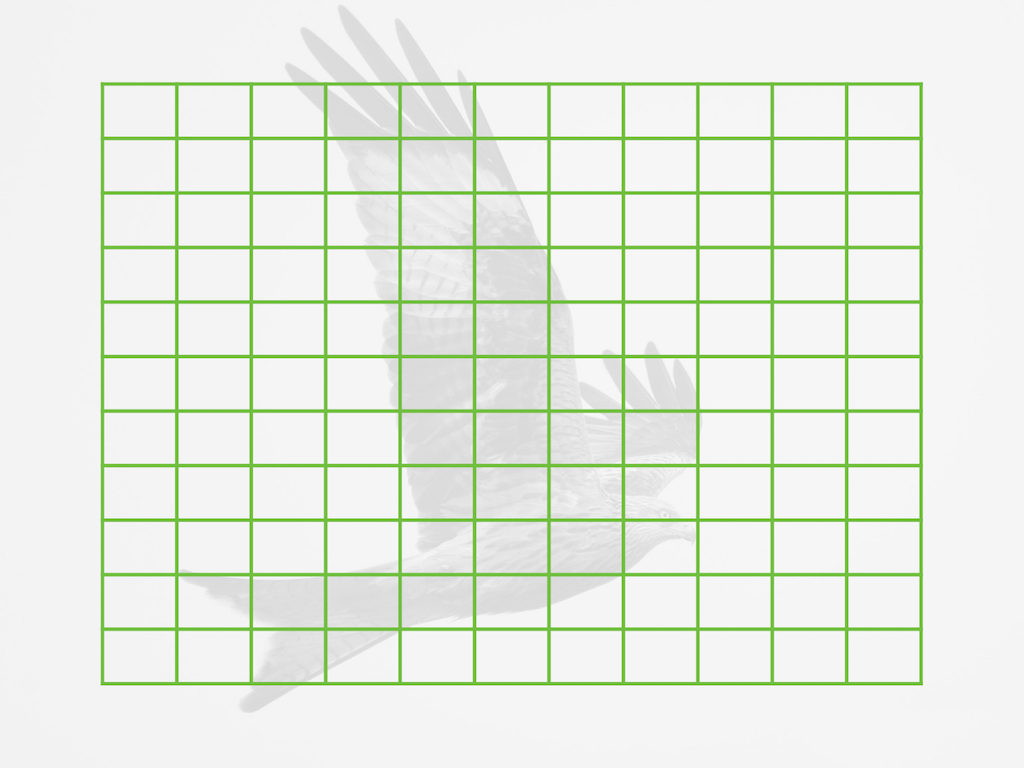
The X-T20 has the same hybrid system of the flagship X-T2 and X-Pro2. You can choose between 91 and 325 points with the central area being phase detection.
Among the area settings available, the E-M10 III lets you choose between All, 9-Group and Single target. There is also AF-Tracking and Super Spot AF (autofocus with magnification)
The Fuji has a single area with 5 different sizes, three Zone AF grids (3×3, 5×5 and 7×7) and the Wide/Tracking mode (similar to All-Target on the OM-D).
Both cameras feature face and eye detection and allow you to use the touch screen to move the focus point. However only the Olympus allows you to use the touch screen while composing with the EVF (AF Targeting Pad).
3. Image Stabilisation
If the Fuji X-T20 might appear superior in terms of its sensor and autofocus performance, the E-M10 III has a clear advantage when it comes to image stabilisation.
The OM-D camera has five-axis stabilisation: the mechanism can compensate for up to 4 Stops (CIPA standards) and it works with any lens. In video mode, you can choose to work with sensor shift only or add electronic stabilisation for even better stability (the field of view is slightly cropped however).
The X-T20 can only rely on the optical stabilisation of select Fujinon lenses. A few of them work really well like the XF 18-135mm or the XF 50-140mm but the Olympus solution offers more flexibility.
4. Shutter speeds and options
With the mechanical shutter, both cameras can shoot at a maximum speed of 1/4000s. The slowest speeds are 30s for the Fuji and 60s for the OM-D.
With the electronic shutter, the X-T20 can expand the speed to 1/32000s while the E-M10 III is one stop slower at 1/16000s.
The E-M10 III has a first electronic curtain mode unlike the X-T20.
For long exposures, the X-T20 has a Bulb mode but you’ll be more comfortable using a remote shutter trigger. On the OM-D there are features like Live Bulb that not only allows you to avoid holding down the shutter button with your finger during the exposure but also gives you a preview on the LCD screen.
5. Continuous shooting speed
The continuous shooting speed is 8.6fps (High mode) on the Olympus but if you want continuous AF, you can’t go faster than 4.5fps (Low mode).
The X-T20 can shoot as fast as 8fps and up to 14fps with the electronic shutter and C-AF.
The buffer is similar according to official specifications: 22 frames for the OM-D and 25 frames for the X-T20 (RAW format). However only the Olympus is compatible with UHS-II cards.
6. Wireless Flash shooting
Olympus decided to exclude the RC wireless flash mode from the new E-M10 mark II, a surprising decision considering that you can find this functionality on many other cameras from the brand. You will need to rely on a third-party radio trigger if you want to work with off-camera flash.
The X-T20 on the other hand is compatible with optical communication with select flash units such as the Fuji EF-X500 or third-party products.
The E-M10 III has a faster sync of 1/250s versus the 1/180s speed of the X-T2. Both cameras support HSS.
7. Video capabilities
Both cameras can record 4K video up to 30fps with a similar bitrate of approximately 100mbps. Neither camera crops the sensor but this also means that there is no full pixel readout and you can end up with some aliasing and more noise at high ISOs.
Concerning the difference in quality, the same reasoning we applied to sensor size can also be applied here. The E-M10 III has a maximum sensitivity of 6400 while the X-T20 has an extra stop (ISO 12800). Neither has a log profile.
In 1080p both cameras can record up to 60p. In 720p the Olympus is faster with a 120fps option for better slow motion footage.
Another advantage of the Olympus camera is the ability to record continuously for 29 minutes per clip, while the X-T20 stops after 10 minutes in 4K and 15 minutes in Full HD.
8. Design and functionality
Both cameras feature a design inspired by old SLRs but each has its own distinctive style. I like the OM-D one better as I find it more attractive but obviously it’s a question of personal taste. Both cameras are available in black or silver.
Surprisingly the Fujifilm X-T20 is slightly lighter (383g vs 410g) and smaller despite housing a larger sensor. Neither camera is weather sealed.
The Olympus distinguishes itself with its separate On/Off switch, the twin control dials and the default shooting mode dial on top.
The X-T20 features a focus selector on front, shutter speed and exposure compensation dials, and front and rear command dials. The shutter button is threaded so that you can install a soft release button.
Olympus has updated some of the graphic interface to make the E-M10 III more intuitive for beginners. A button on top allows you to select settings based on the shooting mode you’re in while the Advanced Photo mode gives you quick access to some of the advanced functions of the camera such as Live Composite or Bracketing. On the X-T20, there is an Auto lever on top to switch the settings to Automatic.
The two cameras feature an electronic viewfinder with the same resolution of 2,360k dots and similar magnification (0.62x and 0.61x). They both have a native 60fps refresh rate but on the E-M10 III you can increase that to 120fps albeit with a loss in resolution.
As for the rear tilting screen, they are both touch sensitive with 1040k dots of resolution. The E-M10 III allows you to perform more operations such as selecting scene modes and quick settings instead of just taking a picture or moving the focus point.
9. Extra features
Another area where the E-M10 III clearly distinguishes itself is the number of extra features available in the camera.
I already mentioned Live Bulb but there is also Live Composite that merges several shots by saving only the brighter pixels, which is very useful for fireworks and star trails.
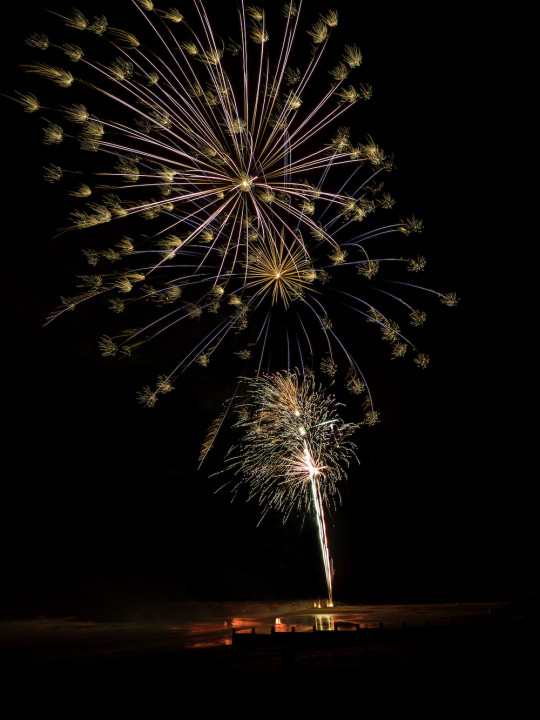
There is a 4K Time-lapse mode where the camera saves the images into a video file. Other features include Keystone Compensation (corrects vertical distortion) and Multiple Exposure. You can also find lots of bracketing options including Focus Bracketing. AE Bracketing goes up to 7 frames and ±2EV steps.
The X-T20 features time-lapse, multiple exposure and various bracketing modes although AE Bracket is limited to 3 shots and ±2Ev. At least there is a built-in Panorama mode unlike the OM-D where you have to merge the shots in post production.
10. Price and lenses
The E-M10 III will be available at a retail price of $650 / €660 / £630. The X-T20 is more expensive at $900 / €850 / £800.
Then we have the lens catalogue. The Micro Four Thirds system has been around for longer so it obviously has more choice, as well as the advantage of having two main companies developing the system: Olympus and Panasonic. The result is more than 50 native lenses as of 2017 with full automation, plus several manual focus lenses from third-party brands.
The Fujifilm X series currently has more than 20 lenses plus manual focus options from Samyang and other manufacturers.
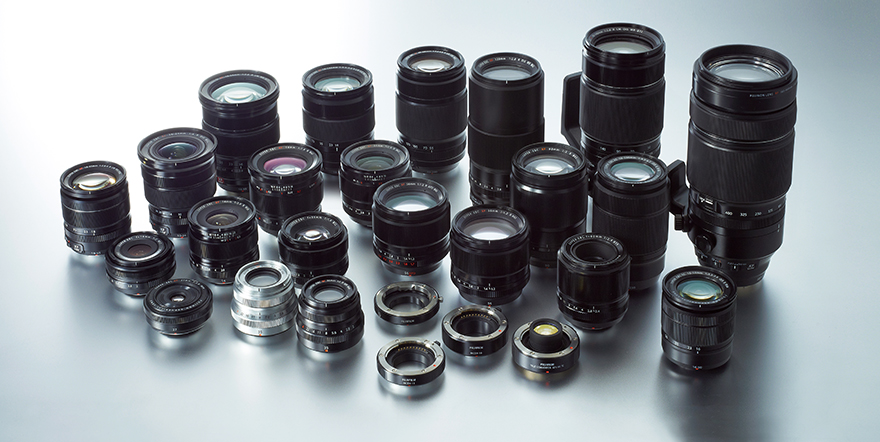
Both brands produce high quality lenses. Olympus has the advantage of having many prime lenses that give sharp results wide open. They are also affordable and small, which helps keep the overall package compact and portable. Fujifilm has compact primes as well but if you turn to high-end zoom lenses, the size and weight increase. What I like about many Fuji lenses, however, is the presence of an aperture ring.
Conclusion
For some, the Fujifilm X-T20 may sound like the better choice thanks to its 24MP APS-C sensor, great dynamic range, excellent ISO performance and more reliable hybrid autofocus system for all situations, including low light and sports.
However the E-M10 III is anything but inferior. Used with affordable and fast prime lenses, you have a more compact system that is not only capable of excellent results but is also more affordable. And we cannot ignore the benefits of 5-axis in-body image stabilisation and the many advanced features that can enrich your shooting experience.
Both cameras can provide you with an excellent user experience so in the end, it comes down to your specific needs. A beginner might prefer the user-friendly interface and additional features of the OM-D E-M10 III but a more experienced user may prefer the reliable autofocus performance and extra resolution of the X-T20.
Check price of the Olympus OM-D E-M10 III on
Amazon | Amazon UK | B&H Photo
Check price of the Fujifilm X-T20 on
Amazon | Amazon UK | eBay | B&H Photo
You may also enjoy the following articles:

